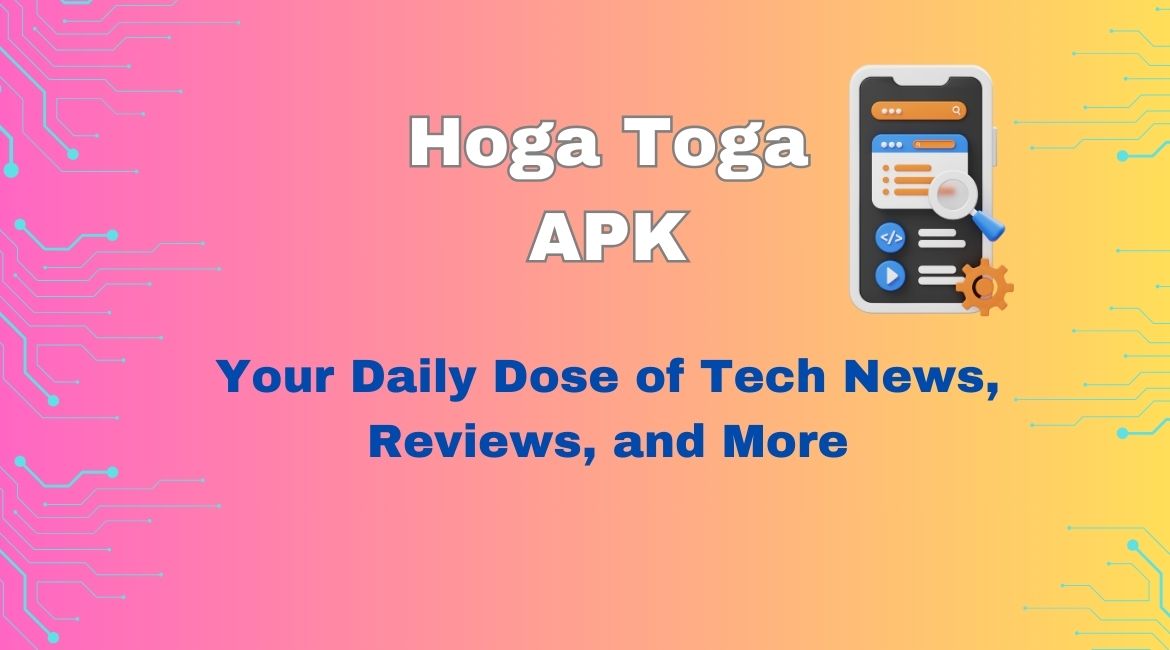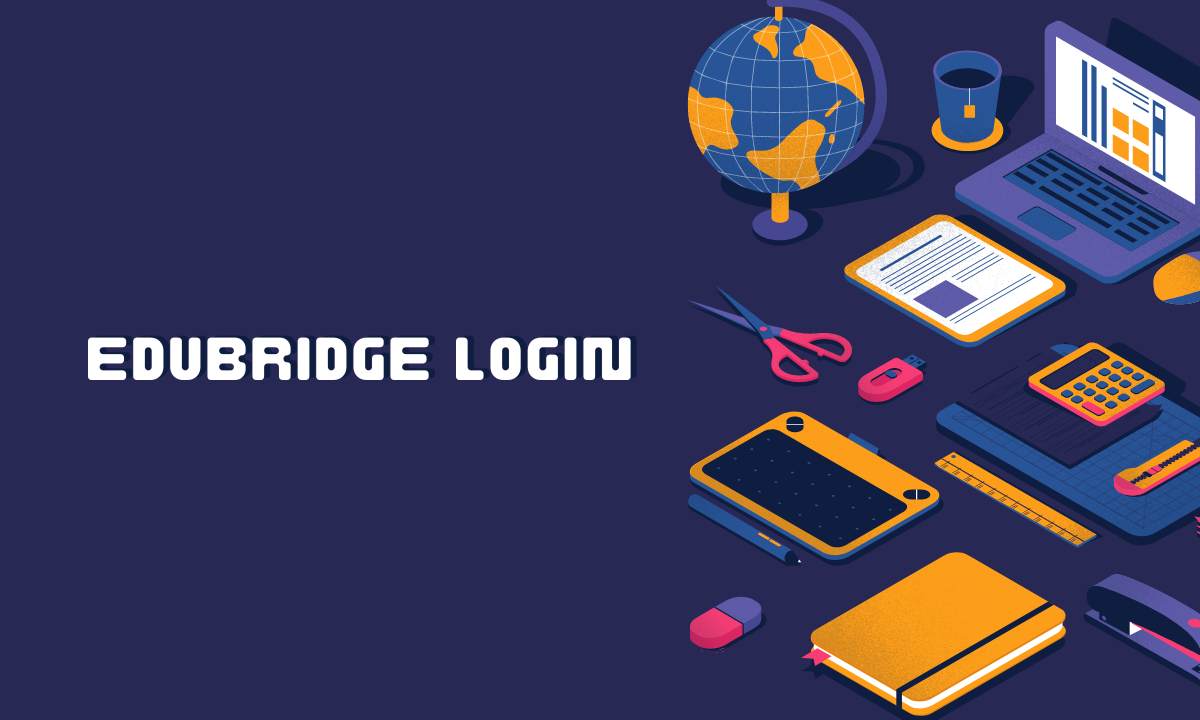Have you been curious about your eClose choices? What exactly are people looking for in a closing experience? To what extent do your consumers and the loan team stand to gain from the foreclosure process or vice versa? As new regulations and technological developments continue to shake up the industry, these are valid concerns shared by many financial institutions.
Electronic closing, or eClose, is the process of finalizing a mortgage loan through digital means, such as the transmission and signing of all or part of the closing paperwork in an electronic format. Electronic closings may take several forms. The degree to which their procedure is digitized is a key differentiator. The regulations of the state and county where you live, the guidelines of your investors and storage facility, and the policies of your title insurer all determine whether or not you have access to these options.
As the industry develops, borrowers have more options than ever for finalizing their loans. Due to the increasing popularity of taking matters into one’s own hands, financial institutions may want to broaden the range of closure options available to borrowers.
In this article, we’ll explain the benefits of eClosing from the consumer’s perspective so you can start switching from the manual mortgage closings of yesteryear to the fully digital process of today.
An enhanced borrowing experience
Everything from making purchases on Amazon to paying taxes is now done digitally. Most borrowers prefer electronic closing methods when given the opportunity and anticipate a digital mortgage process. For example, according to Ellie Mae’s 2019 Borrower Insights Survey, most borrowers who obtained a mortgage in 2019 said they used digital tools when they were made accessible. When given a choice, the vast majority (83%) of respondents preferred electronically signing and notarizing papers using a website.
Borrowers’ hard work culminates in a joyous victory at closure. However, it’s tense, unclear and hasty. Borrowers may save time and avoid the anxiety of seeing their closing papers for the first time at the closing table by reviewing and eSigning all necessary documentation in advance of the scheduled closing date and time with a digital closing.
Improved precision
When reviewing the hundreds of papers that make up a loan package, it’s easy to overlook a signature or notarization. The use of hybrid closings and eClosings considerably reduces this possibility. Either manually or mechanically, eSignature and eNotarization fields are added to lender and title documents when submitted to the eClosing program. The software directs users to complete the necessary areas of the document, such as those for a signature, a notary or other legal processes. When all required information is entered, the transaction may be closed.
Borrowers also have time to evaluate the package before the closing appointment, so they can spot any document issues well before they get to the closing table.
Enhanced safety
It’s easy for mail or documents to go missing. Nonpublic personal information (NPI) like social security numbers and bank account data is completely vulnerable if they fall into the wrong hands. There are several ways in which a digital closure might improve security, including electronic audit trails, tamper-evident sealing and access controls. Thanks to audit trails, you can see exactly when a document was accessed or signed by which people. Digital copies may be safeguarded using tamper-evident seals that show if and when they were tampered with. Limiting access to any or all of the closing papers is possible so that only authorized parties may see them.
A quicker procedure
Applying for and closing on a conventional mortgage takes roughly 30 days. By streamlining the borrower experience and automating routine tasks using data and AI, digital home lending platforms allow lenders to expedite this process. Mortgage applicants often express their dissatisfaction with the lengthy closing process. Lenders may reduce the time between application and closing by using eClosings. That’s because eClosings don’t need as much planning and are less likely to cause employees to lose time from work.
Additionally, traditional closings may take an hour or more since the borrower is reviewing all the paperwork for the first time, asking questions, pointing out mistakes, and being distracted. Lenders may now give borrowers more time to review their loan documentation and ask any questions before the closing, thanks to the convenience of eClosings. The quantity of paperwork required to be signed at closing may be reduced significantly if 75% of the normal closing package can be eSigned by the borrowers in advance. Consequently, the closing appointment time for borrowers is reduced to 15 minutes or less, and the process is more streamlined overall.
These advantages are what customers may anticipate from digital closings. Yet these are just the beginning of the benefits. The closing process is greatly enhanced by eClosings, which also addresses many issues that homebuyers traditionally have to deal with.
Also Read About: Piano Manages To Raise $88M For Taking Start-up Forward











